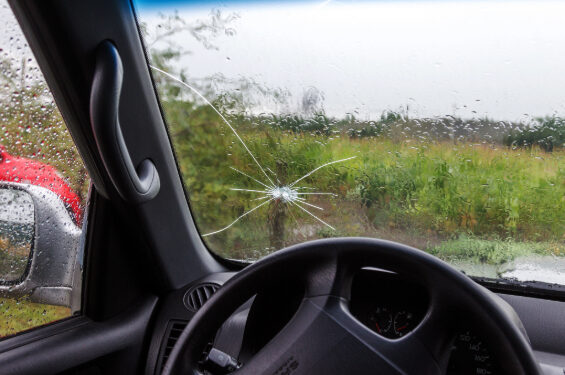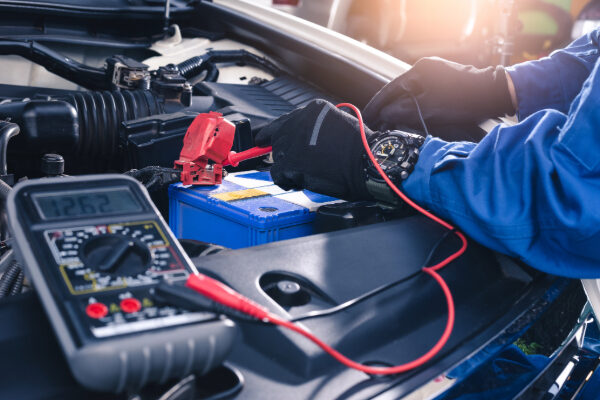
If you own a classic car, chances are you won’t drive it every day. In fact, if you register it as a classic car, your state will often limit how much it can be .
Because you’re not driving it regularly, you may want to store your car for extended periods of time, particularly during harsh winter months or when you know it will be several weeks before you’ll drive it again. To make sure your car stays in the best possible condition, plan ahead and follow these tips:
Pick the right place
Storing your car isn’t as simple as giving it a good cleaning and making sure it’s in a safe place – although those are both good places to start. If you’re going to store the car in your garage, prepare the space. Look for any overhead hazards such as loose ceiling panels that could fall and damage the car, and clear any lawn equipment such as rakes or leaf blowers that could fall against the car.
While cleaning the garage, look for small animal activity; mice and other rodents could view an idle car as an inviting place to nest for the winter.
If you’re storing the car during hot summer months, it’s important to keep the windows rolled down to allow air to circulate throughout the vehicle. When your windows are rolled up for an extended period of time, the heat can create pressure that will crack or break the windows.
Other options for storing your car include renting space in a professional climate-controlled facility designed for private storage of vehicles – your most expensive choice – or a shared classic car garage with a staff that is fully insured and has experience (and a good reputation) dealing with classic cars.
Prepping the car
Consider having your car professionally cleaned before storing it, but make sure that it is completely dry before you store it, particularly if you’re going to put a cover on it. Trapped moisture can quickly create corrosion in you car, and since you won’t be driving it regularly it can suffer extensive damage before it’s discovered.
If a car is being stored for more than three months, use jack stands to keep the tires off the ground. When the car sits for an extended period of time, tires can develop flat spots. Although those spots typically go away after a few miles of driving if the car hasn’t been stored long, the damage may be permanent if the tires stand still for more than three months.
Finally, give your car an oil change and fill up the tank. Dirty oil can cause rust inside the engine, and a full tank prevents moisture from gathering in the empty part of the tank. If you’re storing it for more than six months, remove the spark plugs to prevent rust and corrosion. To learn more about caring for your vintage car, check out the 5 Things That Will Kill Your Classic Car.
If you still have questions about whether or not you’ve done everything necessary before storing your car, consider contacting a local car restoration expert who can give you any additional advice you might need. To protect your classic car in the off-season and all year round, make sure you have the right classic car coverage.



